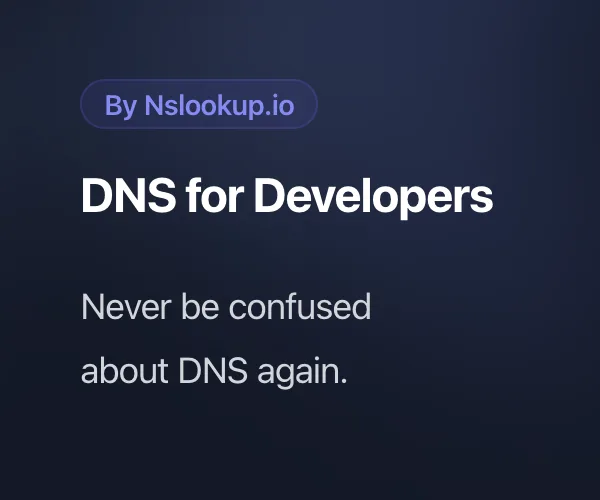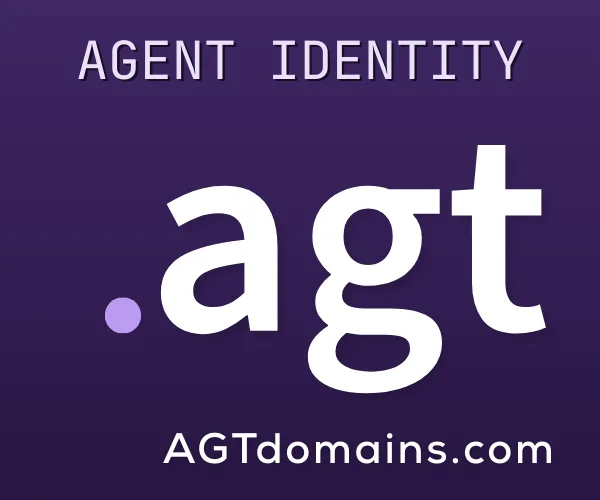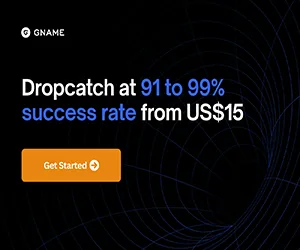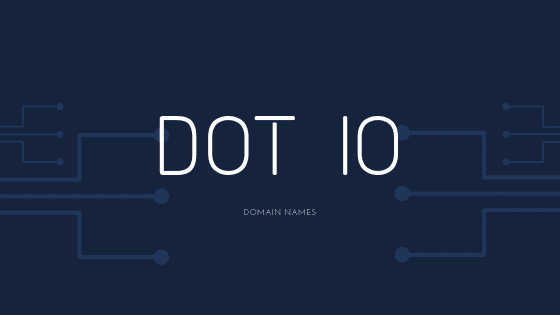I recently came across an article I thought was interesting. I'm a bit of a productivity enthusiest and I enjoy hearing how others manage multiple projects. That's where I was first introduced to Stuart Brent. Talk about managing multiple projects, Stuart is a serial founder, whose projects include Vacord Screen Printing, userinput.io, startupresources.io and startupaffiliate.io. I had a chance to ask him a few questions and here's what he had to say.
Mike: You founded a successful printing company back in 2006. Since then, you have dabbled in many things and started some additional projects such as stratupresources.io and user input.io. What interested you about the online aspect of business?
Stuart: Well, I've been a geek for a long time. In middle school I liked QuickBASIC programming and learned HTML. In college, I studied Information Science. So it's old hat to me, being online.
I started the t-shirt printing business in 2006, just out of my basement. It was a hobby that I monetized and decided to pursue full time. I didn't know marketing then, but I had been interested in owning my own business for a long time. I already liked making websites, and knew I needed one for the business, so I built a site. A friend of mine was doing SEO for a living, which I hadn't really heard of, but I traded him beer to teach me the basics, and I ranked for some terms. Honestly, marketing online and having a slim operation let my business survive the great recession around 2008, which killed a lot of print shops.
My interest in SEO lead me to getting more domains. This was back in the easy days before the infamous Penguin/Panda Google update that killed the power of Exact Match Domains. I had my main domain for the screen printing site, vacord.com, but I also bought waterbasedscreenprinting.com and dischargescreenprinting.com, since those were types of inks that I specialized in, as well as customamericanapparel.net to focus on printing on American Apparel shirts, which is more profitable.
Penguin/Panda made those side domains very pointless very fast once the update took effect. One year, customamericanapparel.net brought in $80k worth of screen printing orders, which was great for a side domain. But after that update, it plummeted in the rankings and was worthless. I've since let all these other domains expire, and just focus on regular marketing for the screen printing business.
I experimented with dropship businesses too before that Google update, and had a lot of weird exact match domains, including dogstairssteps.com which sold dog stairs, like for small dogs to get on the couch or up onto a tall bed. I've bought a ton of domains over the years, including a lot of weird ones to try to take advantage of Exact Match Domains back in the day.
I always wanted more businesses than just the screen printing business, but dropshipping did not work out. Around 2013, I got interested in the startup world, and launched my first startup, which provided reviews of online dating profiles. It was a neat idea, but it failed. I learned a ton during that whole process. It was a better education than college.
I love the online aspect of business because I honestly just love marketing. I think it's fascinating. And the internet itself is incredible. And businesses just have to have a good online presence to survive and thrive now.
Plus obviously there are the wonderful aspects of online businesses like remote working, and shaping your own career and all that. I shifted myself out of the screen printing production, so now I just work in a nice office by myself, which I like. And I can work from a laptop anywhere, and that's the dream, right? It gives you a lot of freedom.
Mike: You have seem to take a liking to dot io domain names, as many startups have. What is the attraction to the TLD from your perspective?
Stuart: I think it's sort of silly, but startups have adopted the .io domain and I just went with the trend. I assume originally they took to it because "IO" sounds like "input/output", which is techy. It actually means "Indian Ocean", as .io is a country TLD that was just sold off commercial, like so many countries have done with their TLDs.
So it's just part of the startup branding to use .io. I've found in surveys that people are confused by .io as a domain, and I think it's better to use a .com if you can, if your service isn't targeted to startup people. But we all know how hard it is to find a good .com.
I usually look for a .io domain now when I have a new project idea, but I will get the .com also if it is available.
Mike: Tell me about startupresources.io. It's a great collection of categories and resources to consider for any new business.
Stuart: I loved that project. I've actually sold it off now, but I kind of miss running the site. I just had too many projects going, and offered it to someone, to get it off my plate, and to help get rid of some credit card debt!
That site had a pretty simple origin: My memory is lousy. A friend had told me about some Twitter growth tool, and I for the life of me couldn't remember the name. So I decided to start keeping a list for myself of all the tools I came across with all their weird names, so that I couldn't forget the cool resources that I heard about.
A lot of my business ideas are born on road trips, and it was while driving to my in-laws that I realized I should make that list into a public site. It was good timing on my part because on Product Hunt, curation sites were getting pretty popular. I got the site to #1 on Product Hunt when I listed it, and got consistent traffic from then on. And then the curation site trend sort of crested, so it's good I did it when I did.
But anyway, that site is just a lot of categories relevant to startups and online businesses (SEO Tools, domain services, hosting services, feedback tools, etc), with 3 to 7 of the tools I liked listed. And there is a weekly newsletter tool with new tools and blog posts. It's all still active, and it's cool to be in the audience rather than running it now. I still submit new tools that I find to the site.
Mike: What is the business model on that site? Is it a lead gen business? Do the businesses pay to be listed? The value of this site is not diminished in anyway by sponsors listings, if that is the case.
Stuart: It had a few revenue channels, but never made a ton of money. It made plenty, and the return on investment was incredible, since all I did was buy a domain and use a template to build a flat site. Building that site made me realize that you can make money with JUST a domain and an idea, compared to having to hire a developer and build a startup. That site made way more than my first actual startup, and with tremendously less investment.
It wasn't really lead gen, though I did retarget the traffic to market my t-shirt business to the visitors, and also market my website feedback service to them.
Businesses could pay to get listed really quickly instead of waiting a few weeks or months to get on the site. But really, it was affiliate sales. I never put a product up there that I didn't actually think was a quality tool, but if a service had an affiliate program, I enrolled and used an affiliate link. It was my first foray into the affiliate world, and it's harder to make money with affiliate stuff than people say it is, but I liked the affiliate world. I learned a ton about it.
I did some sponsorships of the newsletters, but not a ton. I actually ended up selling the whole site to a sponsor, who took it over and has done a great job keeping the spirit of the site the same.
Mike: How difficult is it to maintain a site like this and find sponsors?
Stuart: It was hard to maintain because I'm only a front end developer, not a back end. If I had had an actual database, and could have automated the listings and everything, things would have been so much easier. Or if I had used PUG or something to generate the pages more easily. Since it was a flat site, maintenance was easy, but updating it was annoying. And people submitted tools constantly. Everyone with a Startup is desperate to get attention to it, so I would get a lot of submissions. I'd have to manually add them to the pages, and I had some tricks to make it easier (like using Zapier to write submissions to a Google sheet which also embedded the HTML formatting needed) but it still was a chore. I often only added the expedited submissions.
I never sought out sponsors, they'd find me. When someone submitted a tool, I'd see if they had an affiliate program I could use. I could have done a ton more with the site, but never made it my main focus.
Mike: How about userinput.io? How did this idea come about and has it caught on?
Stuart: In 2013, I found feedbackarmy.com, which is defunct now but let you get on-demand feedback, and I used it to get feedback on my sites and I got really curious how that site worked and where the reviewers came from. So I researched it, and found that he used Mechanical Turk, which is Amazon's digital workforce that does little odd jobs on the internet, like categorizing, transcription, surveys etc. I was totally fascinated by it, and wanted to use that workforce to build a service.
At first, I thought I could use those workers to do resume reviews, but that didn't really make sense. Then I realized they could give feedback on dating profiles. Like if a guy has an OkCupid profile, he could submit his profile and get 5 women to tell him what they like and dislike about it, if he seems creepy in any way, how he could improve it, what pictures to get rid of or highlight, etc etc. I built a service around that (side note, I met my wife on OkCupid after using my service on my own profiles!)
But the dating feedback startup was really just a super difficult model to pursue (you can read more about the issues at igniteyourmatch.com), with a lot of inherent issues and marketing difficulty. So I started thinking, well what if I just make a better version of feedbackarmy.com? So I did.
It's been a slow slog, and the project has been mostly backburnered during its whole existence, but it was fairly simple to build out, and it gets a lot of orders every month without much effort from me. I'm not currently doing any marketing for it. I'm about to finish a major overhaul of the site, and I'll start marketing and expand the services. Right now, it lets you get feedback on your website or business idea so you can learn how to improve. I'd like to have mobile app feedback as well as video reviews of websites sometime soon.
I think it has a lot of potential and I plan to focus on it in 2019.
Mike: Do you have any other projects you're working on or any other domains you have plans to develop?
Stuart: Oh yes. In 2017, I had too many projects going on, and in 2018 I made a "no new projects" rule, and now that 2019 is approaching I joke that I'm going to go crazy with new projects again. But really, I just have old projects sitting that I'd like to pursue.
When I get a new idea and buy a domain, I always build a little waiting page, add an email list to it, and put it on Betalist. That's a good way to start building a potential audience for when it launches, but also a way to judge interest. Some of these waiting lists get only up to 100 people, but some get to 1,000.
In 2019, I hope to finish out these side projects / domains: appinput.io - Feedback / beta testing on mobile apps startupaffiliate.io - My entry back into the affiliate world, a site to find and list startup related affiliate programs launchready.io - A checklist of what you need to do before, during, and after launching your startup
Also, I built conversionchecklist.org, which was a simple site that listed 40+ things you should do to try to improve the conversion rate on your website, and I also have marketingchecklist.org and retargetingchecklist.org, and I hope to write those in 2019 as well. These checklist sites are nice to get people in the very top of funnel for userinput.io.
Mike: What advice do you have for those of us looking to develop some of the domains in our portfolios? Is it worth the effort?
Stuart: Sure, it's worth it if you want to do it, and you have a good plan that makes sense. It depends what domains you have already. I've learned you can get the best return with a small investment, meaning you won't make a ton of money, but you can make some money without investing a ton. I invested $20k in the online dating startup, and it failed in the red, but I also made a lot relatively off startupresources.io, and didn't spend anything on development. So the ROI was great.
Just think about what domains you have, and whether they could/should turn into a real service, an affiliate play, or an informational site that can be lead gen for another project. I'm a big fan now of side projects as a way to market a main project.
And don't be scared to let domains expire or sell them off if you're never going to really do anything with them! I've let so many go over the years.
But my main advice, think about how you can make money with the site without investing a ton in it, so that you can have the best ROI and the least risk. And have fun with business.





